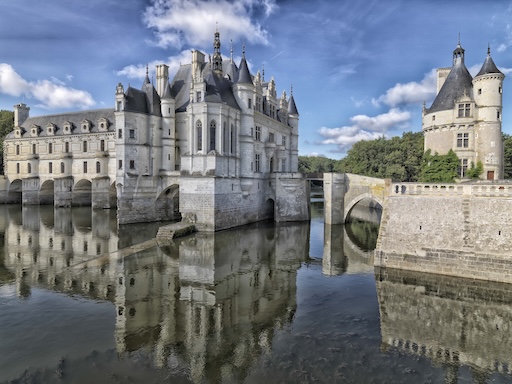
In a country overflowing with fairytale castles, the Château de Chenonceau somehow still manages to steal the spotlight. Gracefully arched across the River Cher in the heart of the Loire Valley, this château isn’t just another royal relic—it’s a masterpiece of elegance, innovation, and the undeniable power of women.
Nicknamed “The Lady’s Castle,” Chenonceau isn’t famous because of battles or kings. It’s beloved because of the extraordinary women who built it, expanded it, and made it into the dreamlike beauty we see today. Step inside, and it feels less like entering a fortress, and more like walking into the pages of a Renaissance romance.
Where History Floats on Water
Château de Chenonceau doesn’t just sit beside a river—it spans it. Literally. The most iconic part of the structure is the long arched gallery that stretches across the Cher like a bridge dressed for a ball. It’s hard not to gasp the first time you see it, reflected in the still, mirror-like water below.
This stunning architectural feature wasn’t just built for beauty, though. It served a variety of functions over the centuries—from royal entertaining space to hospital wards during World War I. And during World War II, the river it crossed marked the boundary between Nazi-occupied and Free France. The château became a secret passageway to freedom.
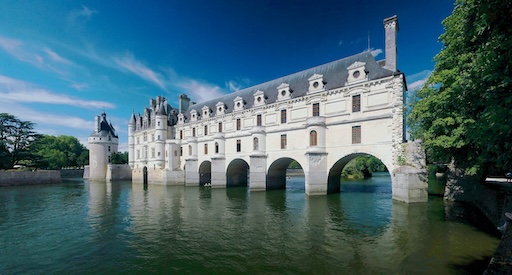
The Women Who Made It Magic
If Chenonceau had a resume, under “built by” you’d see a lineup of powerful women: Diane de Poitiers, Catherine de’ Medici, Louise of Lorraine, and others. Each left her mark, both physically and symbolically, on the estate. Diane, the beloved mistress of King Henry II, commissioned the arched bridge. After the king’s death, Catherine (his wife) took the château for herself and added the long gallery over the arches, turning it into the jewel we see today.
The rivalry between these two women is practically woven into the walls—two styles, two visions, two gardens. Diane’s garden is geometrically perfect and floods with flowers. Catherine’s, just next door, is more intimate, more playful. Together, they reflect not only horticultural beauty, but a slice of Renaissance court drama.
Inside the Castle Walls
Step inside Chenonceau, and you’ll feel as if time politely paused to let you look around. There’s the Guard Room with its imposing fireplace. The grand salons with painted ceilings and period furniture. The royal bedrooms where history whispered through the curtains.
One particularly striking space is the black-draped room of Louise of Lorraine. After her husband King Henry III was assassinated, she lived here in mourning. The walls are painted with symbols of grief—white feathers, funerary urns, and sorrowful poetry. It’s a quiet, powerful contrast to the brightness elsewhere in the château.
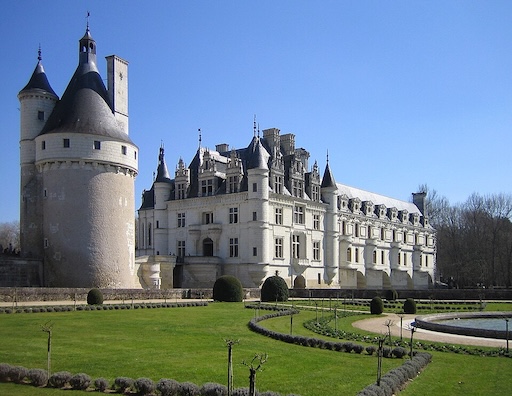
Gardens That Compete for Your Heart
The outdoor spaces of Chenonceau are as enchanting as its interiors. The formal gardens are laid out with perfect symmetry—think fountains, manicured hedges, and seasonal floral explosions. There’s also a flower garden where blooms are cultivated specifically to decorate the castle interiors. Even the vegetable garden feels impossibly refined.
One charming feature? The small hedge maze, a playful nod to royal whimsy. Don’t worry—this isn’t the kind of maze you get lost in for hours. It’s more of a delightful distraction, especially for younger visitors or anyone who secretly dreams of running through a castle garden like a 16th-century noble.
A Day Trip That Feels Like a Dream
Reaching Chenonceau is surprisingly easy. It’s a short train ride from Tours or Amboise, and even doable as a full-day escape from Paris. You can rent a bike and cycle through the vineyards and villages of the Loire, making the approach to the château feel like part of the fairy tale.
Many travelers visiting the Loire Valley also pair their itinerary with other romantic towns like Colmar or Annecy, each offering their own unique take on the whimsical French countryside. And if you're drawn to castles that defy the ordinary, don't miss the haunting beauty of Mont Saint Michel, rising like a dream from the sea.
Not Just a Pretty Façade
What makes Chenonceau truly unforgettable is its duality. Yes, it’s elegant. Yes, it’s romantic. But it’s also a place of resilience and reinvention. Through wars, revolutions, and royal shake-ups, this château has adapted—always with grace, always with a woman’s touch.
Where other castles might boast turrets and moats, Chenonceau offers poetry and power. It’s not a monument to conquest—it’s a monument to creativity, to caretaking, and to subtle strength.
Final Thoughts
Château de Chenonceau is more than just a beautiful building in the Loire Valley. It’s a floating palace of stories, reflections, and Renaissance soul. Whether you’re wandering through the galleries above the river or standing quietly in the queen’s garden, you’ll feel it—the timeless grace that only Chenonceau can offer.
So if your heart longs for castles, but your mind wants more than turrets and tapestries, come see the one that floats on water and was built by women. Come to Chenonceau.
Share this story and inspire others.
Tags: Château de Chenonceau, Loire Valley, France castles, River Cher, French châteaux, Catherine de' Medici, Diane de Poitiers, romantic castles
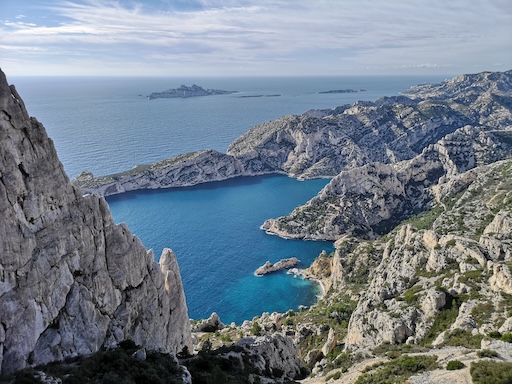 Parc National des Calanques – Limestone Cliffs and Hidden Blue Coves Near Marseille
Parc National des Calanques – Limestone Cliffs and Hidden Blue Coves Near Marseille
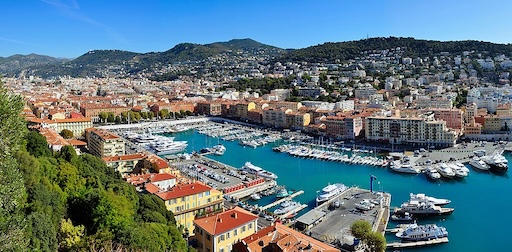 Nice – Where the Riviera Glitters with Old-World Glamour
Nice – Where the Riviera Glitters with Old-World Glamour
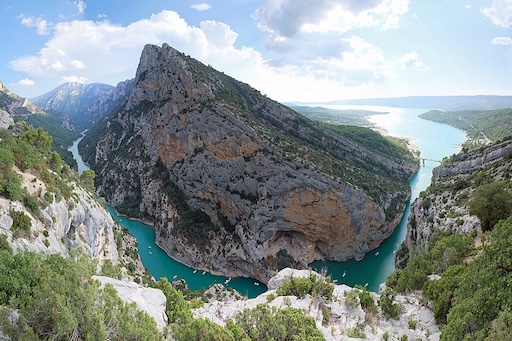 Verdon Gorge – France’s Grand Canyon of Emerald Waters
Verdon Gorge – France’s Grand Canyon of Emerald Waters
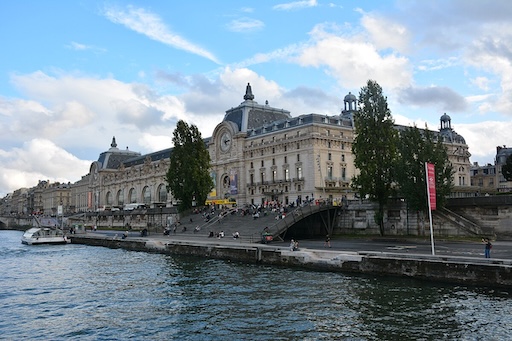 Musée d'Orsay – Where Impressionism Lives in a Former Train Station
Musée d'Orsay – Where Impressionism Lives in a Former Train Station
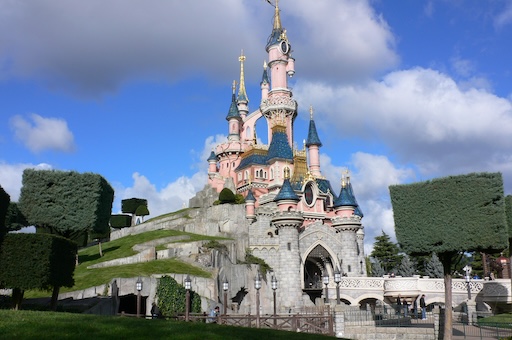 Disneyland Paris – Where Fairy Tales Speak French
Disneyland Paris – Where Fairy Tales Speak French
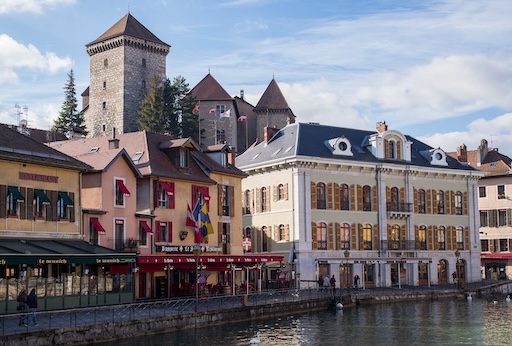 Annecy – The Venice of the Mountains
Annecy – The Venice of the Mountains